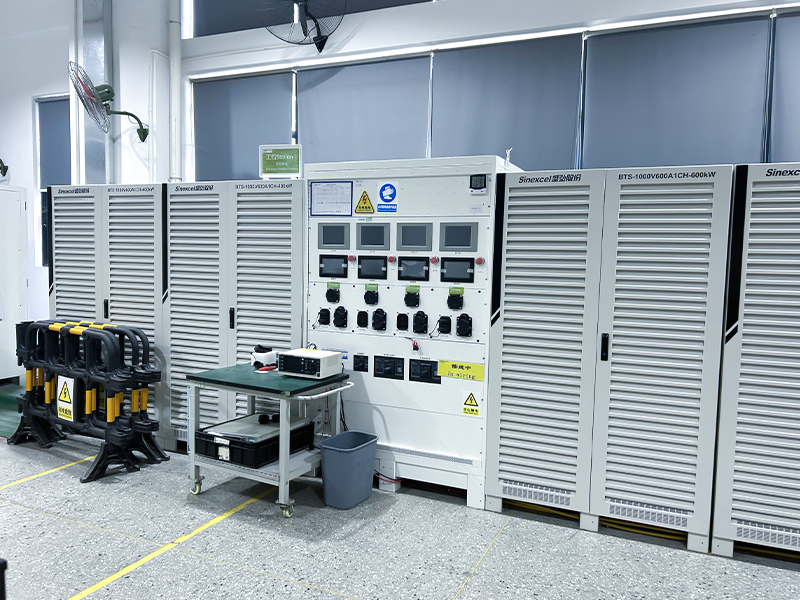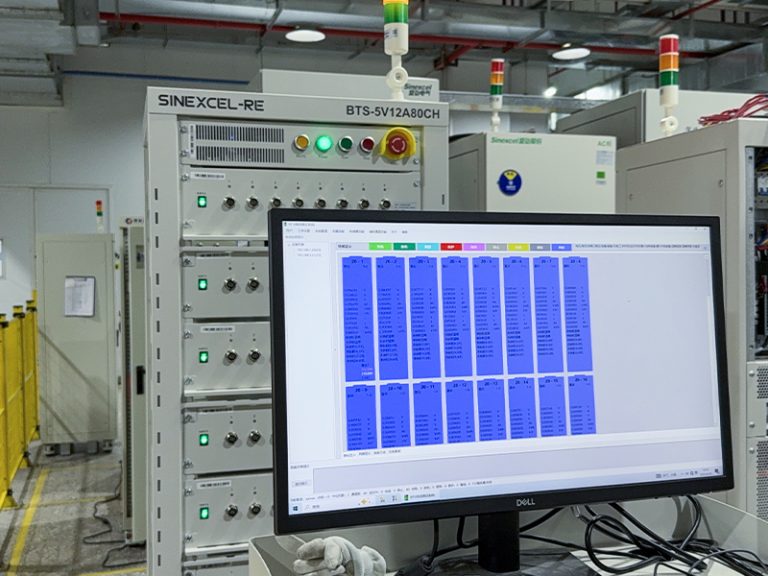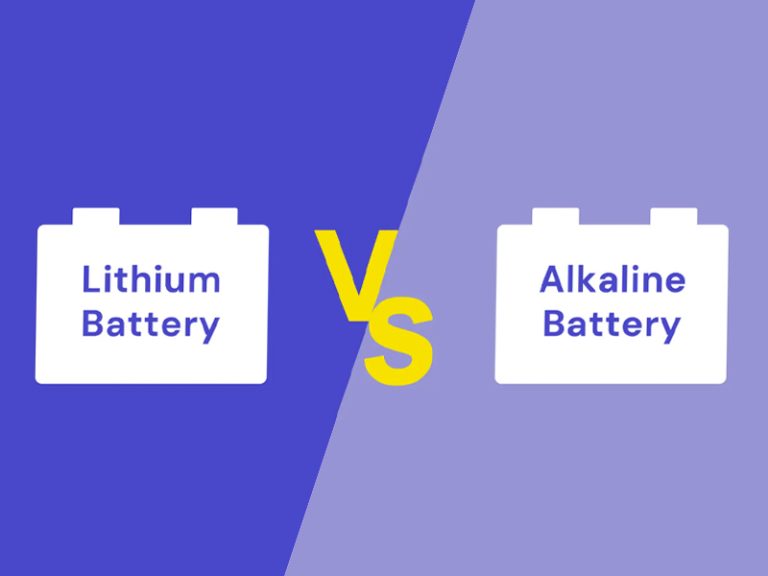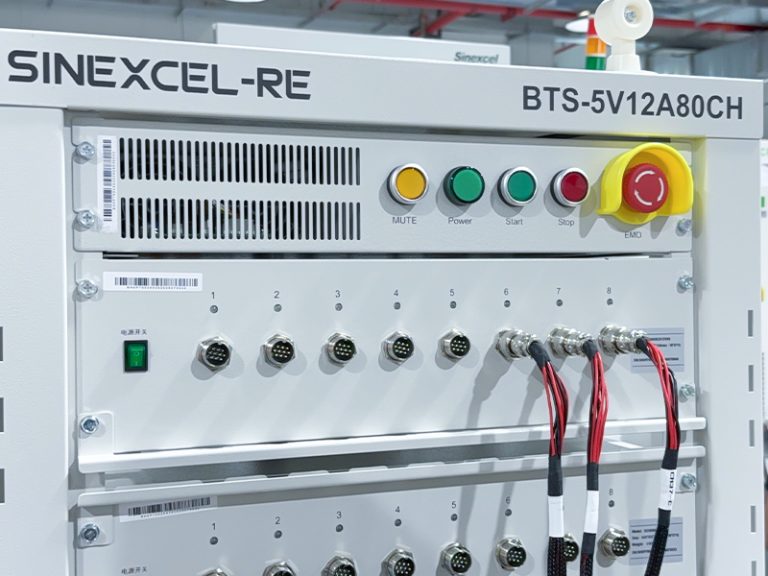Research studies, spanning over centuries, paved way for technological innovations, rise of electronics, computerization, digitalization, and industrial revolution. These all contributed towards wider knowledge base which strengthened theoretical space and led to development of automation systems.
These advanced automation systems have penetrated into testing solutions for various technologies. As test volumes increase, manual operating and testing methods become obsolete or impractical. Moreover, when testing method are to be employed for products which are used in sensitive and critical systems, errors become unacceptable. Same is the case for battery systems which are being used widely for multiple applications. Within last few decades, their production volume and scale of utilization has gone up tremendously, and need of automated battery test systems has increased manifold. As automated battery test systems ensure accuracy and efficiency, these have become vital for battery design and validation phases.
In this article, we will explore the ways automated battery test systems enhance efficiency and bring accuracy in testing process. We will also see which tests are performed by battery testers and what are their implications.
Why Use an Automated Battery Test System (BTS)?
Battery test systems are needed for various purposes including quality assurance, performance assessment, battery behavioral research, and design verification. These tests can be performed by researchers, design engineers, and battery manufacturers.
Usually, these tests are not simple and straight-forward because electrochemical processes taking place in a battery are complex. Moreover, various parameters are related non-linearly with each other. Conducting multiple tests, gathering data, plotting this data, and analyzing statistics becomes a tedious, time consuming and labor intensive task. As tests get more complex, chances of error increase, and prospects of maintaining consistency get harder. On the top, if tests are to be performed for multiple purposes and millions of battery systems are to be tested, manual testing doesn’t serve as a practical option.
Anyhow, if you employ appropriate automation tools and replace manual testing with automated BTS, you can eliminate many factors causing errors and inefficiency. Not just that, cost is also reduced per product testing over time.
How Automated Battery Test Systems Improve Efficiency?
While performing any task, importance of efficiency can’t be ignored as it impacts costs, resource utilization, productivity, innovation and growth, decision making, labor allocation, and time spent on performing the task. Similarly, when we perform test on battery test systems, efficiency becomes of paramount importance as it affects all mentioned factors. To make testing process more efficient, manual testing is replaced by Automated Battery Test Systems (BTS) which improve efficiency in following ways:
- Battery test systems are designed to be adaptable and scalable so they could perform tests on just a single cell or a distributed, large scale battery modules and packs for industrial or test lab purpose. These features contribute towards reduced time spent on configuration, test development and result analysis.
- Tests through Battery test systems (BTS) are easy to implement. Two battery terminals are connected with tester terminals and type of test is selected, Simply! Their management and control is also easy as testing system can be connected with standardized interfaces which will take care of scenarios, calculations and visuals. These feature also reduces test time further.
- Sometimes, battery tests require specific conditions based on their real-time use. Automated battery test systems can be interfaced with various standardized devices. These testing systems can also switch these instruments in or out as per need ultimately lowering configuration times and enhancing efficiency.
- Apart from configuring equipment, automated battery testing systems program, monitor test execution, collect and analyze data, compile and report results on their own enhancing efficiency of the process.
How Automated Battery Test Systems Improve Accuracy?
Performing battery tests through automated testing systems is not just efficient, but also highly accurate. Few of the ways, these systems help improve accuracy of results, are mentioned below.
- Automated BTS program and manage tests on their own. They are capable of setting parameters and recording data repeatedly without any alterations, if needed. This means test results, obtained from automated battery testing systems, are more consistent and thus fairly comparable for same or different products.
- As mentioned earlier, automated BTS can manage and perform tests without human interventions; it indicates that chances of mistakes and delays are lower.
- During battery testing, various parameters including voltage, current, temperature, and internal resistance are measured several times. Automated systems are capable of measuring and recording these measurements at pre-set conditions and timings (with respect to waveform). These recordings are more authentic than manual ones.
- Automated battery test systems can be interfaced with other hardware accessories like chambers so they can set multiple test scenarios without manual intervention. As data sets get larger, manual work becomes more prone to errors while automated battery systems don’t face this issue.
- Real-time data analysis is another important factor to make systems more accurate and reliable. Manually, one can’t take multiple readings at once and perform computations for respective values but ABTS (Automated Battery Test Systems) can do this.
- If we take readings manually for battery testing, it might become hard to perform calculations using higher-order equations. On the other hand, automated battery test systems are fed with advanced algorithms to do complex calculations making the results more accurate and reliable.
Does Automated Battery Testing System work just like Battery Analyzer, and Battery Cycler?
Often, battery test system is regarded as an umbrella term and battery analyzers and cyclers are referred to as major types of former. If explored in depth, they differ greatly in scope of functionality.
Battery analyzers are used to check batteries in service so their replacement could be predicted and any unforeseen circumstances could be eluded. They also serve as servicing tool and can restore performance to some extent if there is any possibility depending upon case scenario. Their function depends upon monitoring and analyzing basic parameters like voltage, capacity, and internal resistance. Usually, battery analyzers are used for checking performance parameters of batteries installed in fleet systems.
Battery cyclers are designed specifically to perform capacity and life cycle related tests. Battery cyclers let the battery charge and discharge repeatedly under controlled conditions. Depth of discharge, C-rate, voltage, and time are monitored and effect on battery’s capacity and thus life cycles are estimated. Indirectly, battery cyclers also give a measure of retrievable energy of a battery. It must be noted that previously cycling tests were performed by subjecting batteries to full charge and discharge levels which was energy and time-intensive process. Contrarily, advanced automated cyclers perform cycling tests in very short period of time by injecting small waveforms. Results are also accurate enough depending upon battery type and setup of conditions.
Generally, Battery test systems and, specifically, automated battery test systems are used to perform a wide range of tests. These systems are preferably used by researchers, manufacturers, and engineers. Battery test systems mostly encompass tests performed by battery cyclers and analyzers along with many other test and validation features. Due to their holistic nature, automated battery test systems have become vital during battery designing and validation process.
Which Types of Tests are performed by Automated Battery Test Systems?
Various types of testing techniques are used to monitor various parameters so battery’s design and performance could be optimized, and any unexpected disruptions could be avoided. Accuracy and efficiency are of utmost importance for these tests which can be ensured by using good quality, appropriate automated testing system. Some common battery tests, which are performed by automated battery testers, are discussed below in detail.
Voltage Testing:
Voltage is considered as the most important performance parameter for a battery which is directly related to quality, safety, and performance. Open Circuit Voltage or OCV (voltage at battery terminals when no current is flowing and no load is attached) indicates state of charge. It also denotes that battery was charged properly during charging process and individual cells within a battery are able to operate at their nominal voltage. Monitoring cell voltage also helps detect any issues related to over/under charging, and over discharging. Through this test, automated battery testers can detect and identify faulty cells within a battery pack very efficiently.
Current Testing:
Current is another basic yet important performance parameter for any kind of Battery. Current testing can solely help determine battery’s capacity. This also helps verify if battery would be able to deliver expected amount of energy and power for targeted application. This test also helps evaluate battery’s performance under different load conditions without compromising performance or safety standards. For example, battery used in an EV must be able to provide peak current while climbing. In normal and extreme load conditions, voltage is also recorded and analyzed along with current measurements to be sure that former remains within acceptable limits while current varies.
Current testing also helps verify that battery includes proper overcurrent protection mechanisms and that they are also working properly. Such mechanisms prevent damage to battery and its associated components for fault conditions like short circuiting.
Capacity Testing:
Capacity is related to maximum charge that can be stored in the battery. It is a measure of retrievable energy stored in the battery. Capacity testing is performed to know if battery meets expected or manufacturer’s specifications. Moreover, battery’s capacity might drop with time which indicates quality issue. This test can also help identify drop in battery’s capacity and problems related with it.
To perform this test, an automated battery tester can let battery discharge at pre-determined discharge or C-rate. Accurate measurement of discharge current is important to know exact capacity and ABTS performs this task very efficiently without much effort and input from your side.
Impedance Testing:
Impedance testing is performed to assess battery’s internal resistance. As internal resistance increases, losses increase, and efficiency drops. Moreover, higher losses mean more heat which contributes towards shorter lifespan of the product.
Impedance testing includes measuring DC resistance, analyzing AC impedance spectroscopy, assessing safety, and performing comparative testing. Accuracy of this test is important to keep battery safe and operating for longer periods of time. This test indirectly tests capabilities of heat management system also and helps decide warranty terms of battery.
Other Tests:
Understanding of batteries is increasing rapidly because of their extensive use and growing research. This is resulting in development of more sophisticated techniques and tests to determine and analyze battery’s design and performance. All tests mentioned above are conducted typically to check health of a battery cell. But, when it comes to modules or packs, focus and technique of tests varies slightly.
At module level, balancing test is conducted to ensure that cells in a battery module charge and discharge uniformly. Thermal management is monitored and controlled for a battery module. This is also relevant with safety mechanisms embedded in a module.
At pack level, battery pack is subjected to rigorous conditions which are close to real world usage conditions. Environmental testing is performed at pack level and it is checked if whole pack, module, and all cells will perform well in extreme humid, high altitude, and unusually high and low temperature. Battery packs are also subjected to physical damage, short circuits, and overcharging – ultimately checking safety mechanisms as well as hardware details of battery system. Finally, life-cycle testing is conducted at pack level again.
Conclusion:
Automated battery testing system are equipped with advanced testing mechanisms, complex algorithms, sophisticated analysis techniques, modular and sizeable accessories, and robust structure. Owing to these features, these systems are capable of performing several tests with high accuracy and efficiency. They have become important for design, validation, and performance monitoring phases of batteries. Their capability to save time, efforts, and cost makes them more attractive solution for battery manufacturers and designers.As the application scope of batteries continues to expand, we should select the appropriate battery equipment to ensure the performance and safety of our products.Please choose us SINEXCEL-RE



